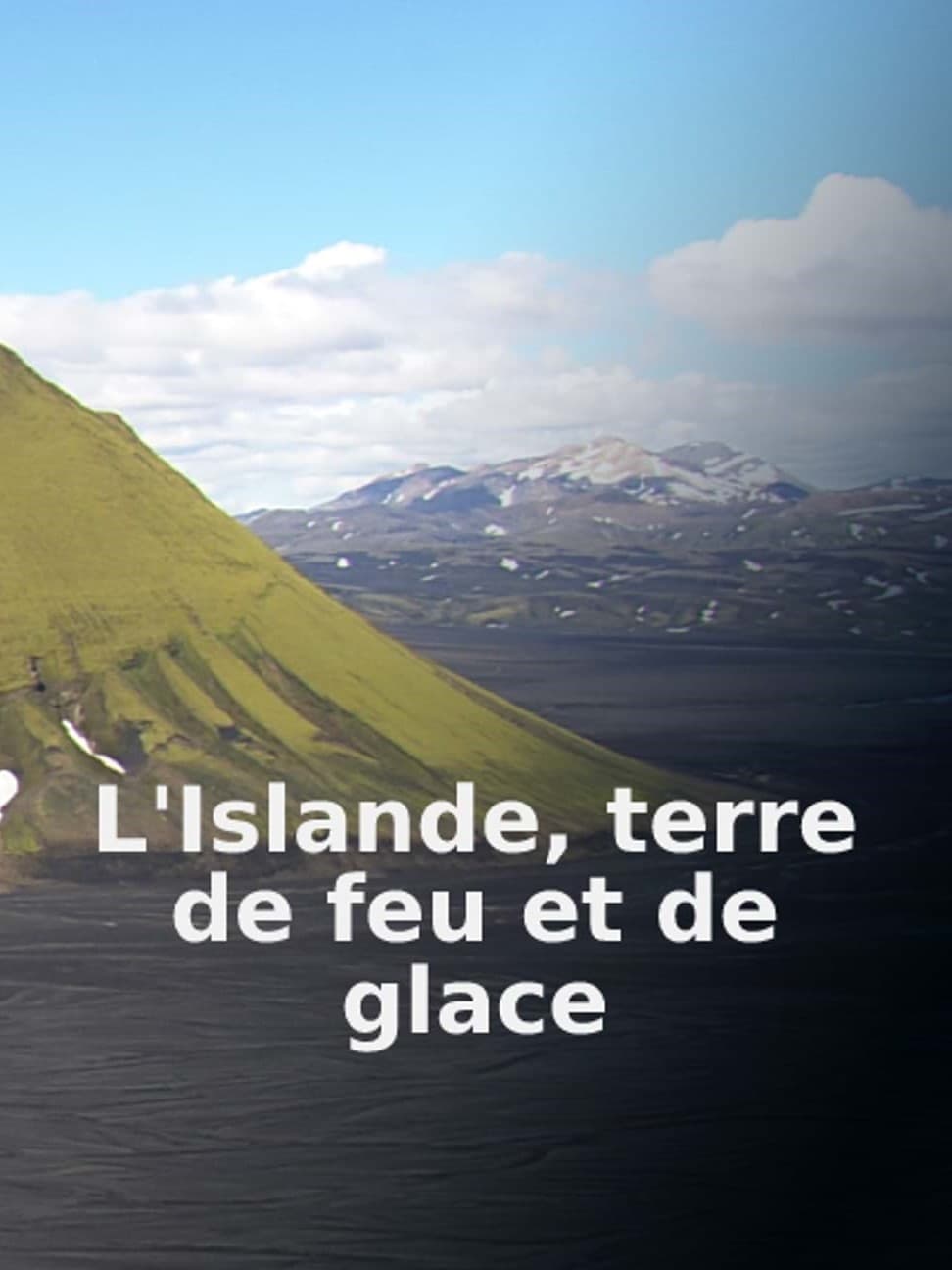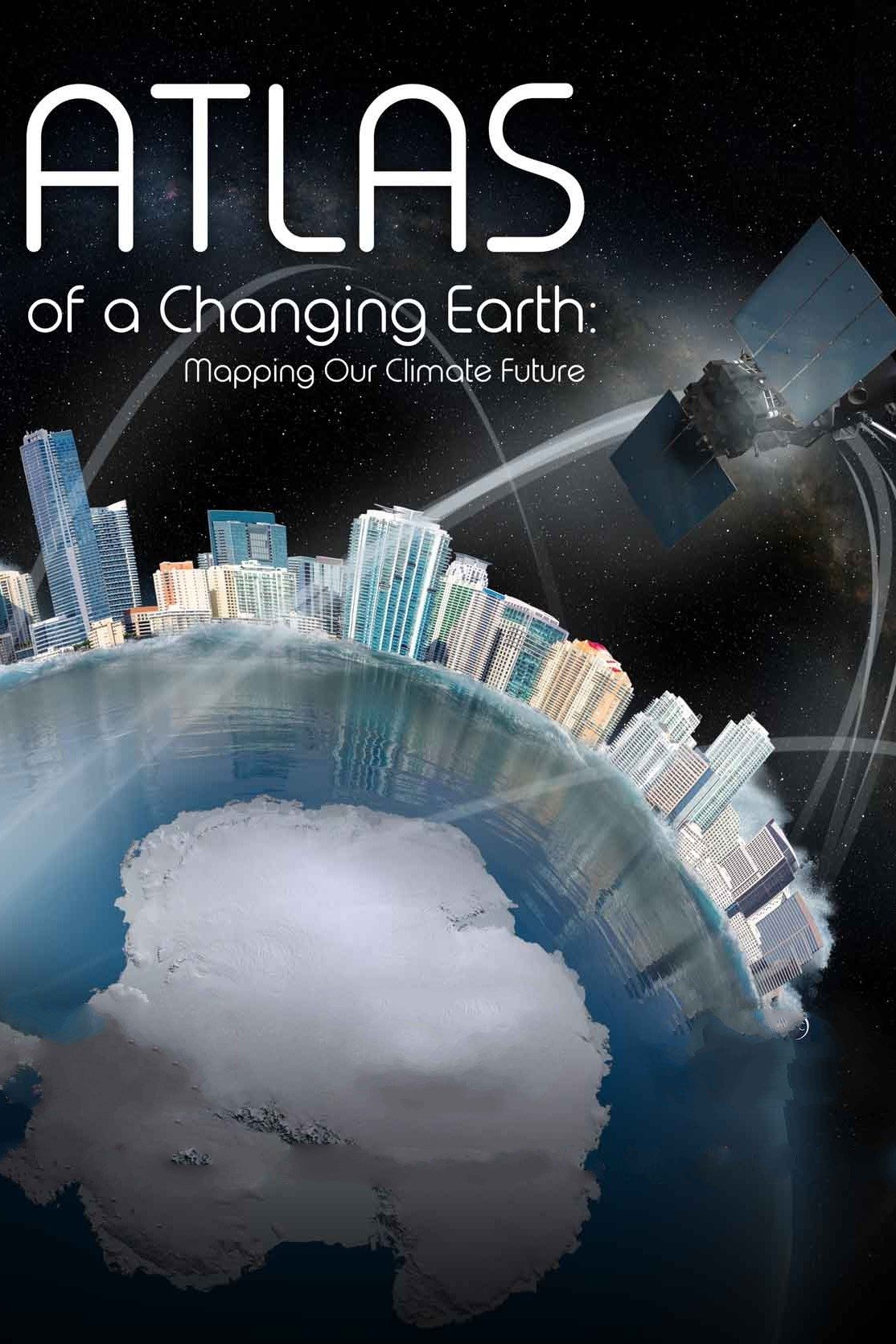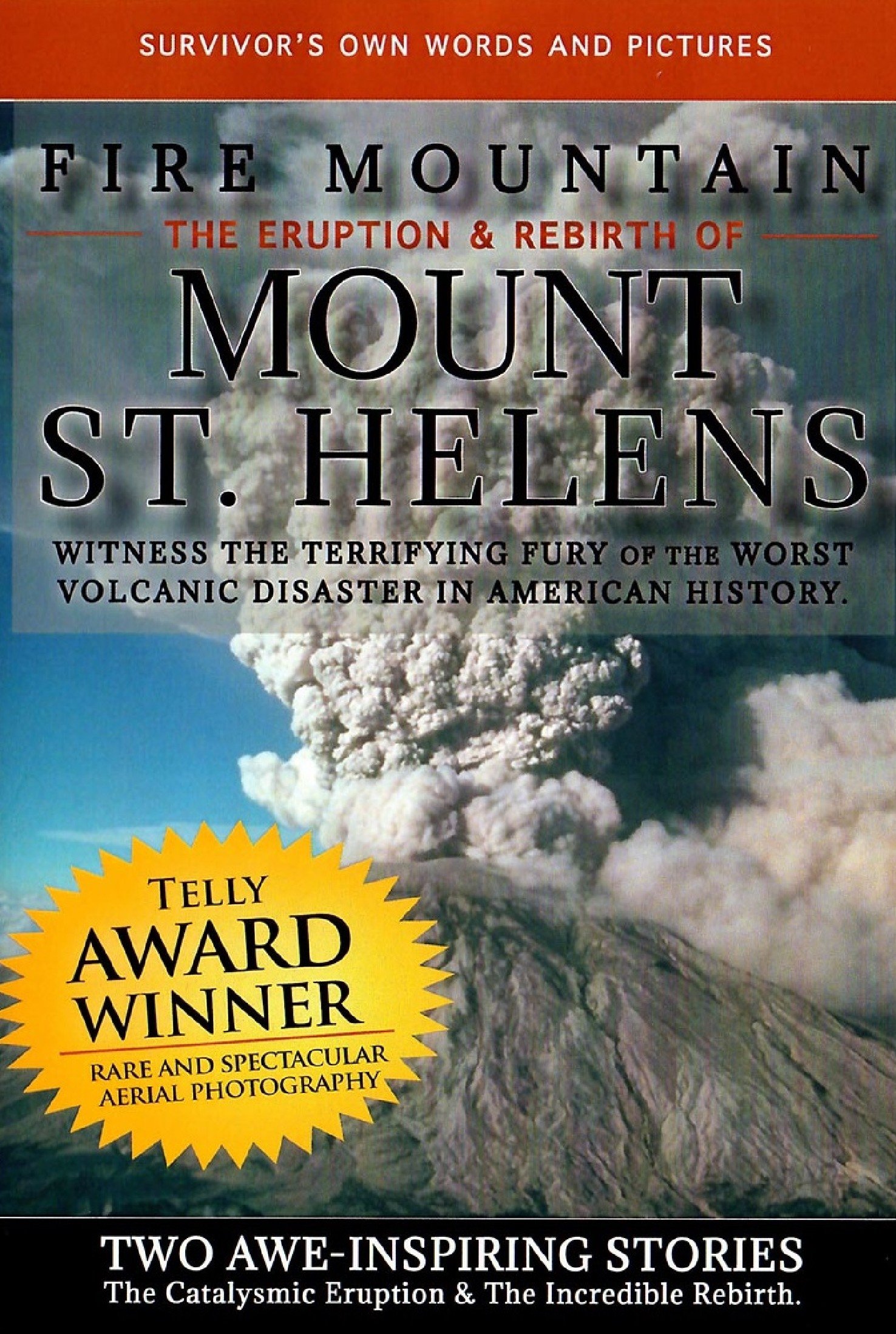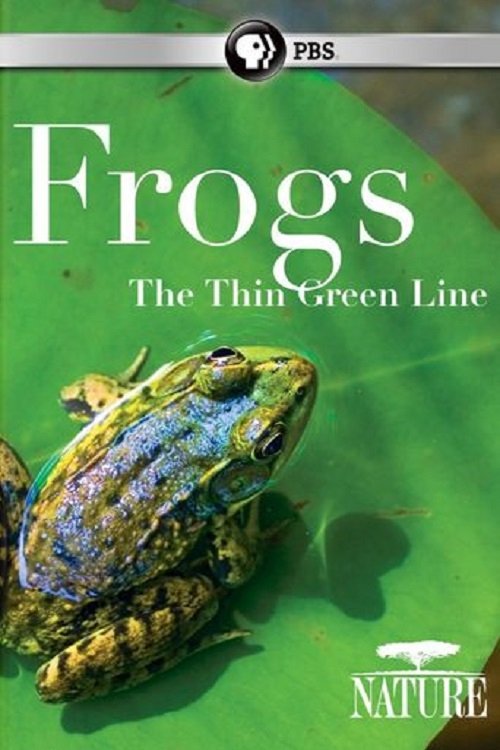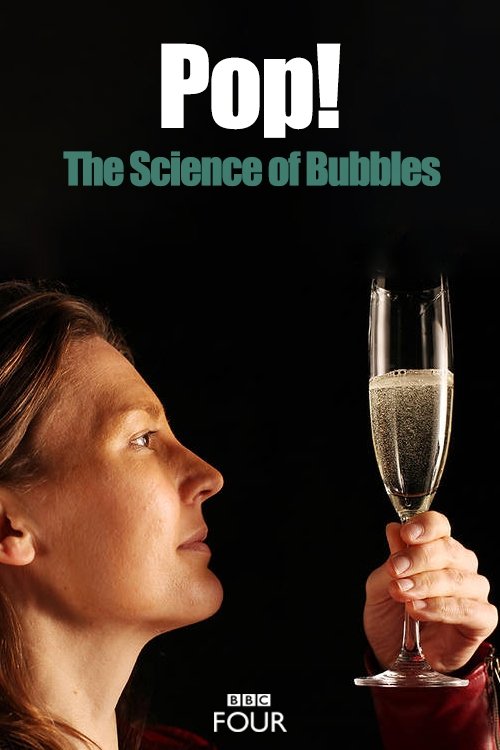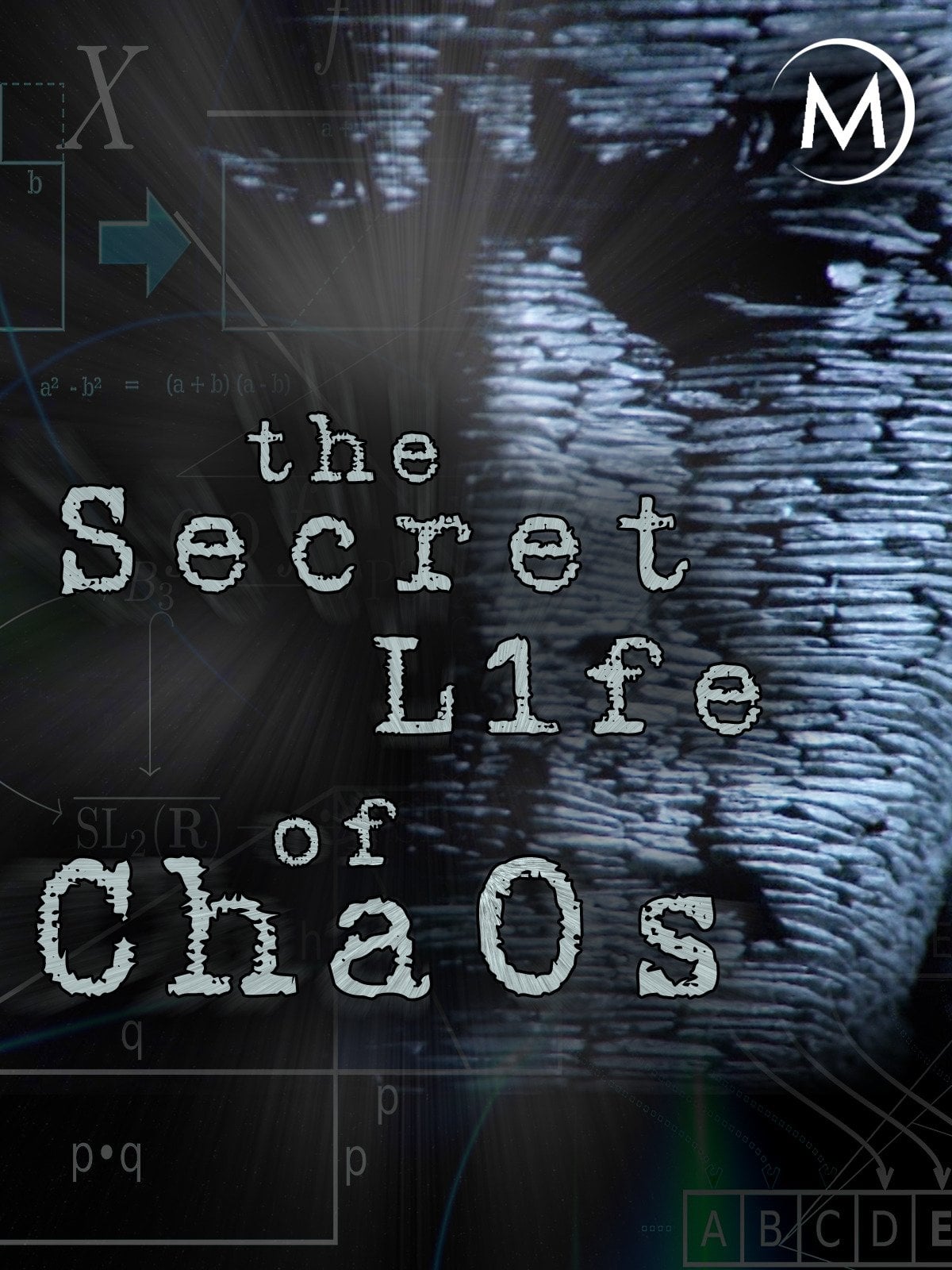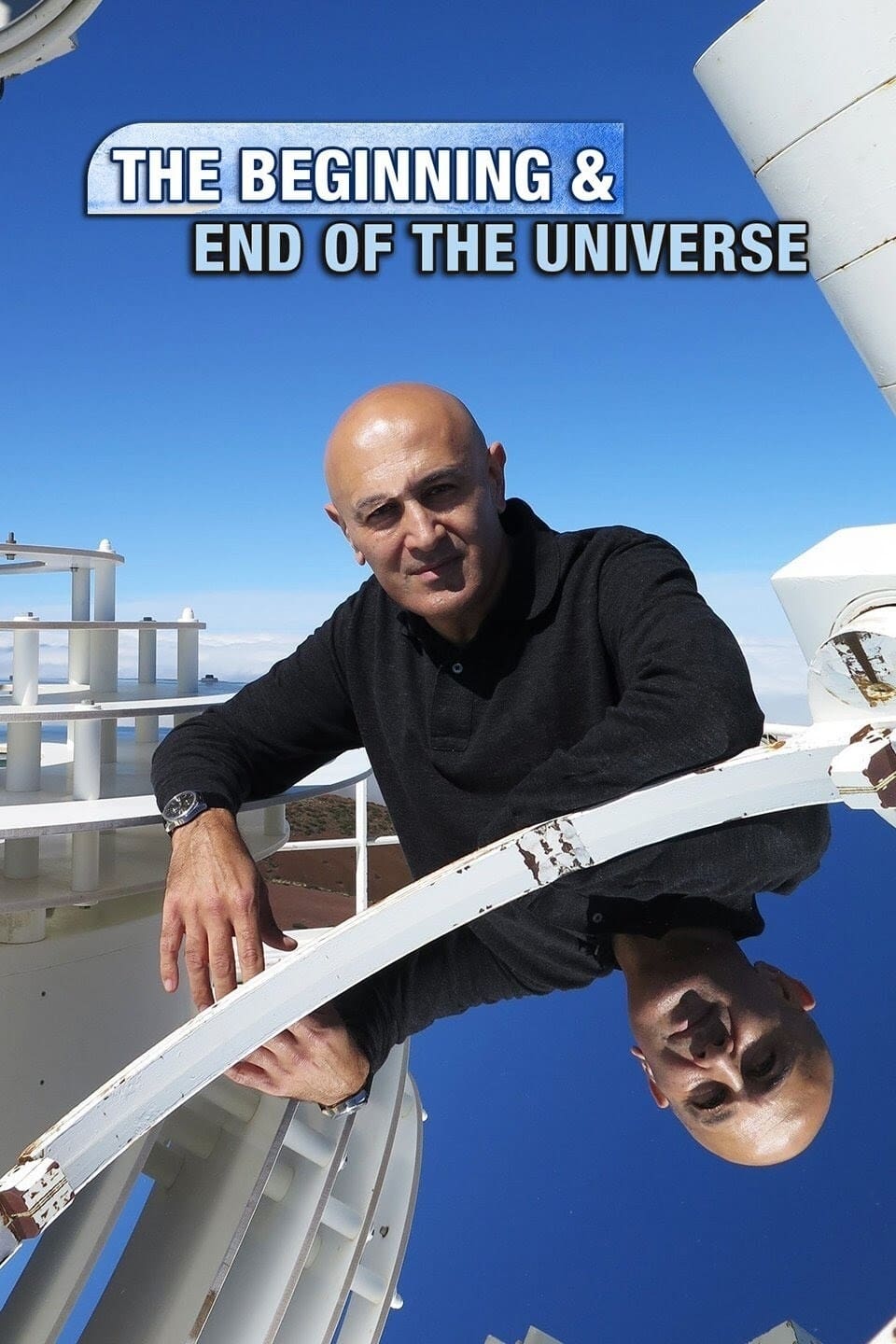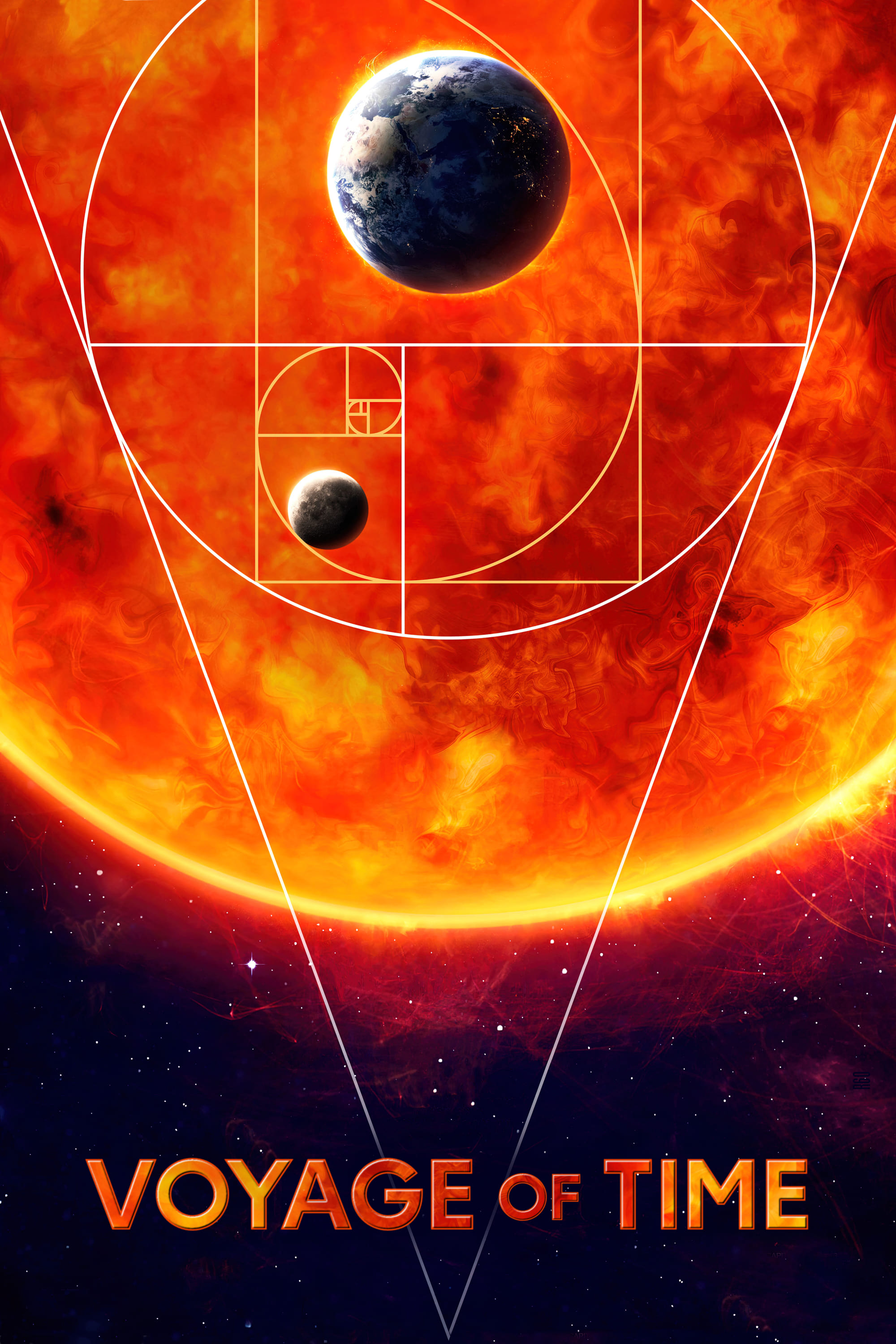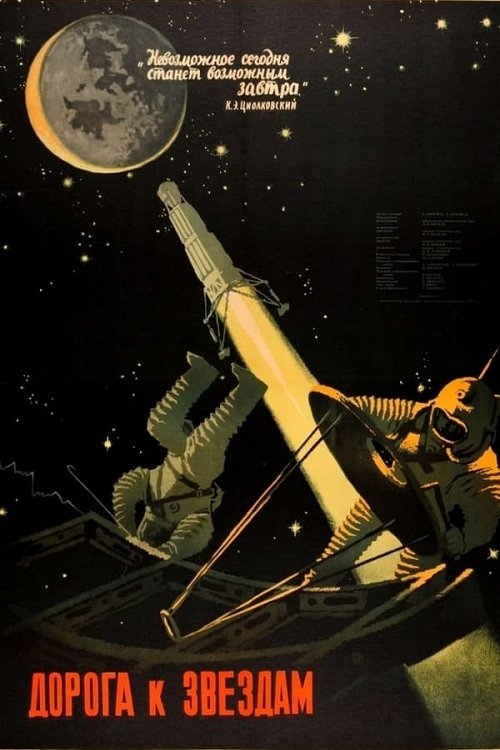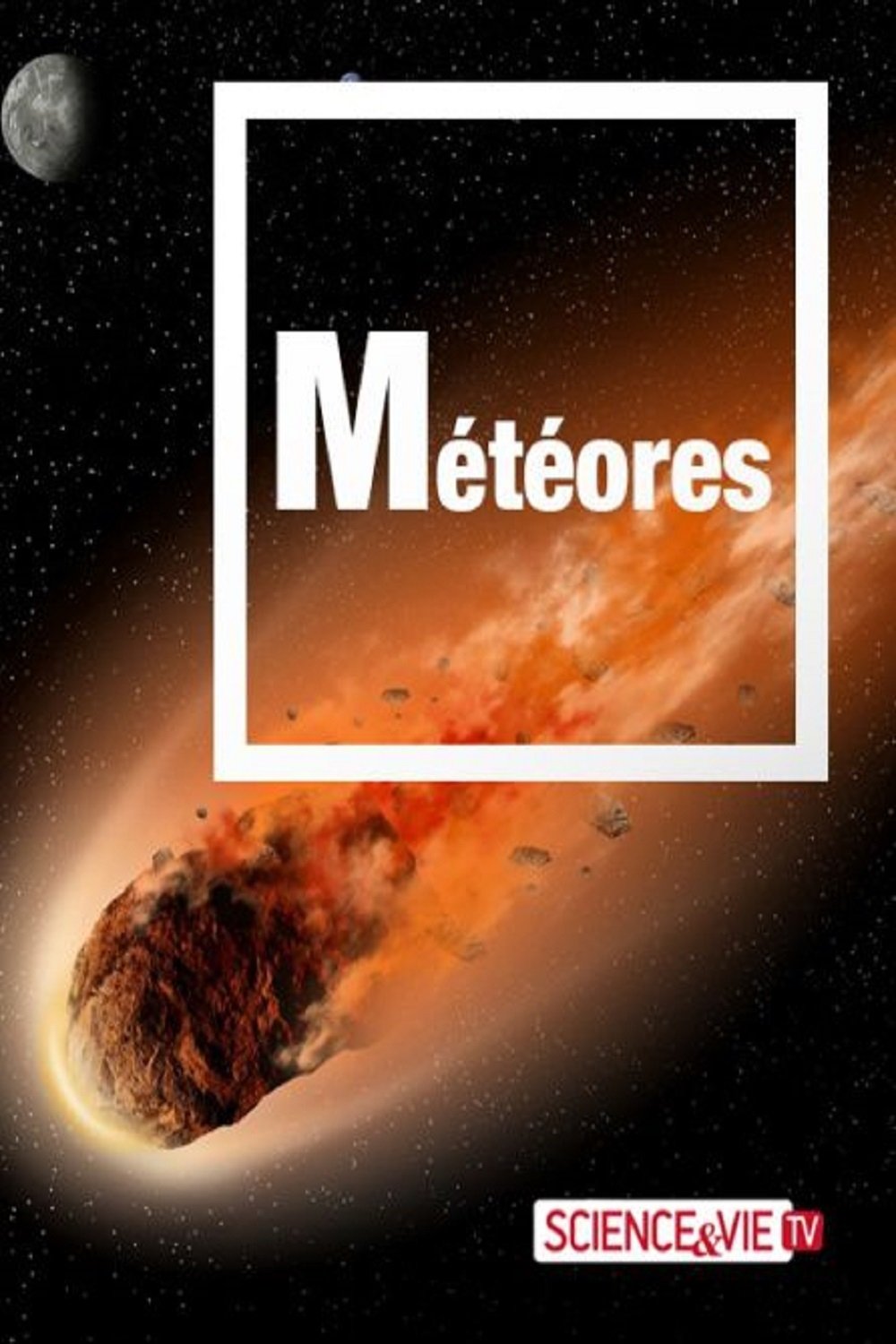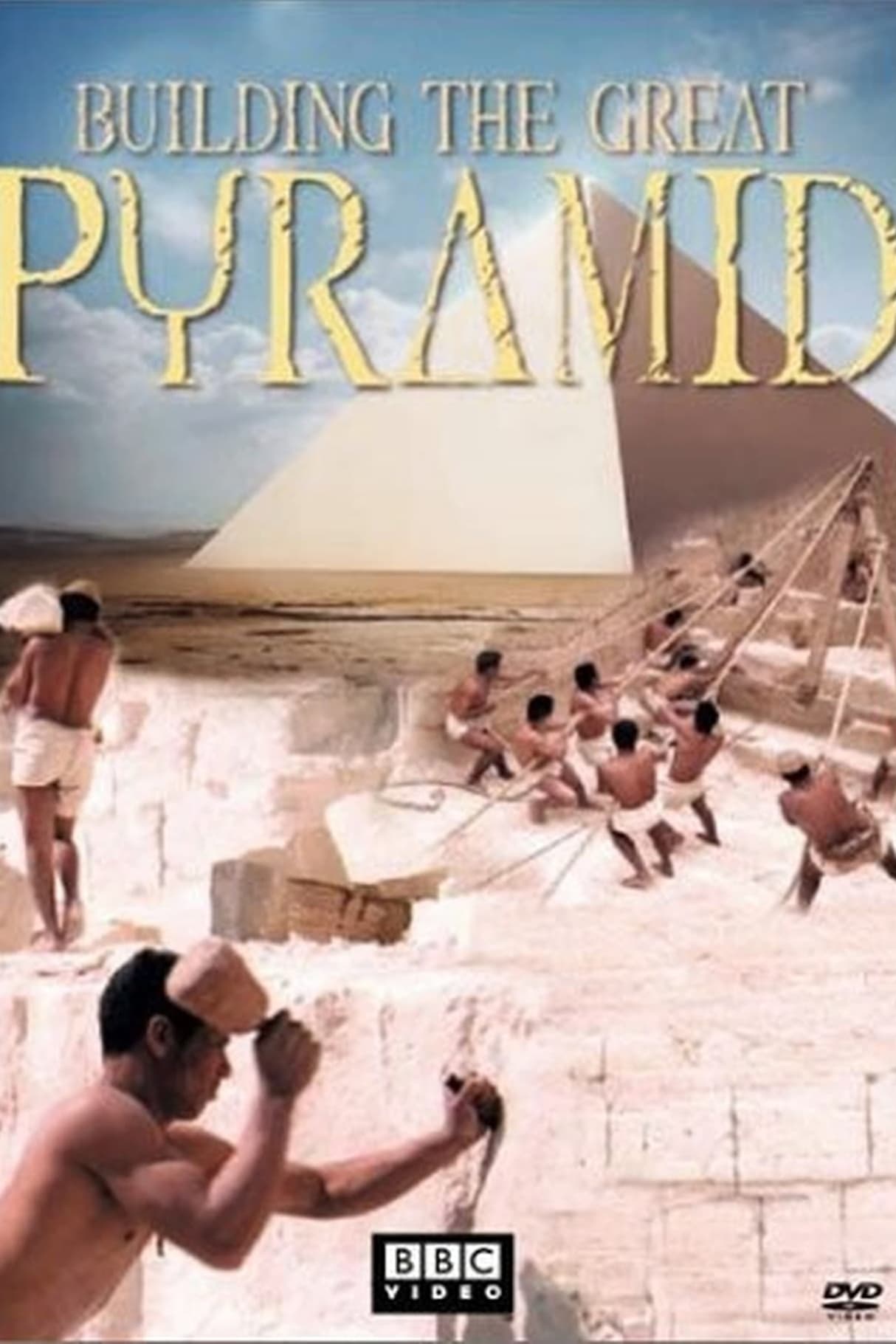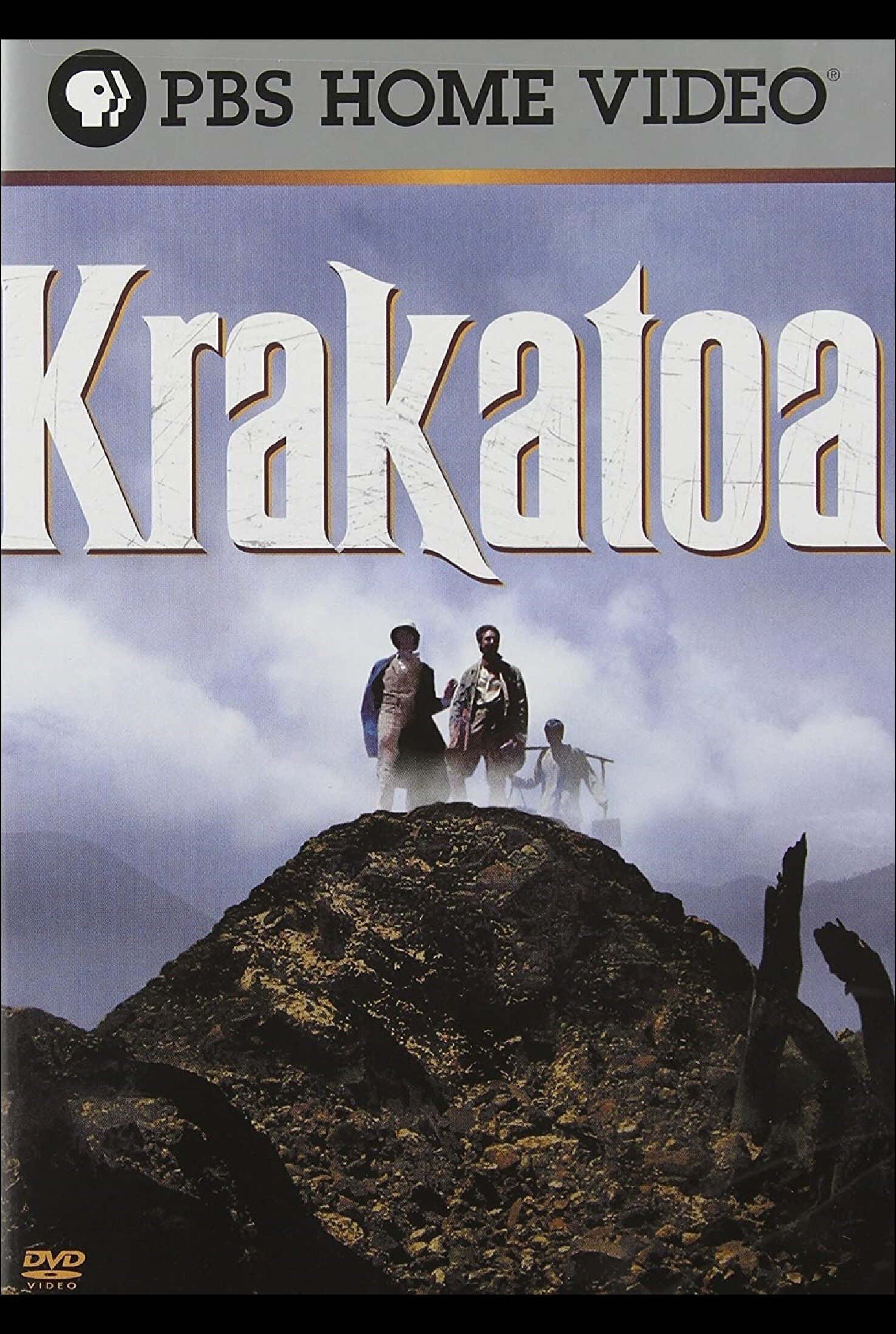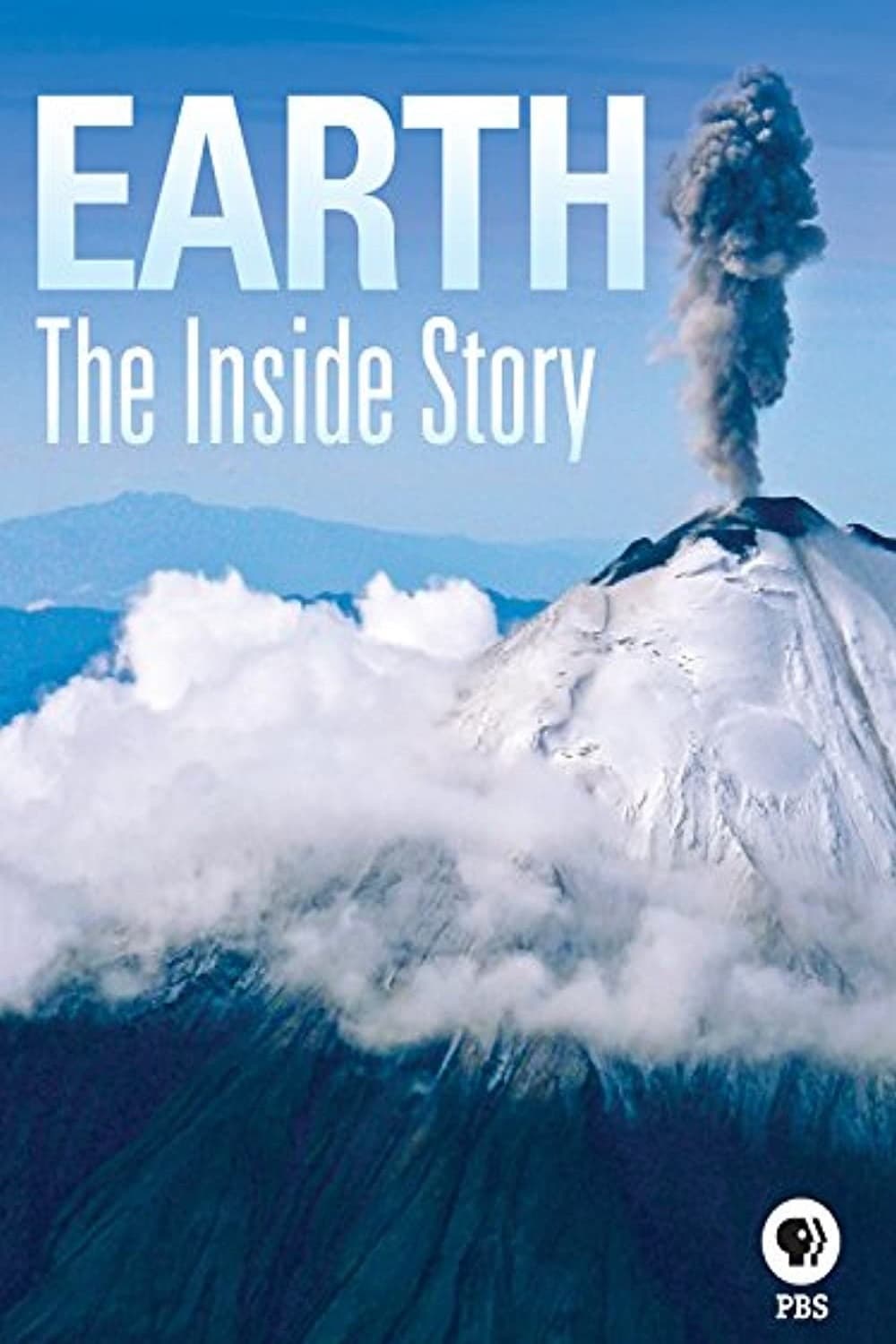
Earth: The Inside Story (2014)
Overview
Earthquakes, tsunamis, volcanic eruptions, and extreme weather. Has Earth always been this way? Featuring footage of top geologic hot spots on every continent, the film traces the scientifically-based story of the 4.5 billion-year-old Earth, from the core to the crust and up into the atmosphere.
Production Companies
Additional Info
| Budget | $0.00 |
|---|---|
| Revenue | $0.00 |
| Original Language | en |
| Popularity | 0.573 |
Directed By
TOP CAST

Dan Nachtrab
Narrator
Similar Movies
How the Telephone Talks
"All sounds travel in waves much the same as ripples in water." Educational film produced by Bray Studios New York, which was the dominant animation studio based in the United States in the years surrounding World War I.
Atlas of a Changing Earth
This film illustrates how a revolution in one of the most basic of all human enterprises – the making of maps – is shedding new light on our planet's evolution as global temperatures rise. This original MagellanTV documentary explores the dynamic processes causing glaciers in Greenland and Antarctica to melt, and shows how rising seas could threaten coastlines around the world.
Fire Mountain: The Eruption and Rebirth of Mount St. Helens
In 1980, the eruption of Mount St. Helens leveled 230 square miles, sent 540 million tons of ash and volcanic rock twelve miles into the air, and blasted one cubic mile of earth from the crest of the Cascade Mountain Range. Illustrates the terrifying fury of the most destructive volcanic disaster in American history through aerial photography and survivors' own words. Shows examples of nature's plant and animal recovery seventeen years later.
Frogs: The Thin Green Line
An examination of the extinction threat faced by frogs, which have hopped on Earth for some 250 million years and are a crucial cog in the ecosystem. Scientists believe they've pinpointed a cause for the loss of many of the amphibians: the chytrid fungus, which flourishes in high altitudes. Unfortunately, they don't know how to combat it. Included: an isolated forest in Panama that has yet to be touched by the fungus, thus enabling frogs to live and thrive as they have for eons.
Over Hawaii
Go to the Big Island and hover above erupting craters at Hawaii Volcanoes National Park, watch flowing orange lava ooze across charred rock and steam billow from the Pu'u 'O'o Vent. Glide over Maui's Haleakala National Park and discover the diversity of Hawaiian landscapes. Island hop to Lanai for spectacular beaches. Visit Pearl Harbor from above and the memorial sites before exploring the rest of Oahu. Narrated by Tom Skerritt
Nature Amazing Places Hawaii
Program One KILAUEA: MOUNTAIN OF FIRE Ecosystems on Big Island Face No Small Challenge Kilauea, violent and beautiful, destructive and creative, continually molds Hawaii's Big Island. Kilauea: Mountain of Fire explores the incredible power of the volcano and the challenges of like in its shadow. Academy-winner F.Murry Abraham narrates. TV-G Program Two VIOLENT HAWAII From Rivers of Lava Springs Bedrock of Life Imagine a lost word with lava flowing down mountainsides, violent storms, monster waves, rock sides and even heavy snows. This isn't science fiction. It's Hawaii-where spectacular beauty was forged by fire, and created by Turbulent natural forces. Tony Award-winner James Naughton narrates this riveting HD visual journey. TV-G
Pop! The Science of Bubbles
Physicist Dr Helen Czerski takes us on a journey into the science of bubbles - not just fun toys, but also powerful tools that push back the boundaries of science.
The Secret Life of Chaos
Chaos theory has a bad name, conjuring up images of unpredictable weather, economic crashes and science gone wrong. But there is a fascinating and hidden side to Chaos, one that scientists are only now beginning to understand. It turns out that chaos theory answers a question that mankind has asked for millennia - how did we get here?
The Pleasure of Finding Things Out
Richard Feynman was a scientific genius with - in his words - a "limited intelligence". This dichotomy is just one of the characteristics that made him a fascinating subject. The Pleasure of Finding Things Out exposes us to many more of these intriguing attributes by featuring an extensive conversation with the acclaimed Nobel Prize winner. During the course of the interview, which was conducted in 1981, Feynman uses the undeniable power of the personal to convey otherwise challenging scientific theories. His colorful and lucid stories make abstract concepts tangible, and his warm presence is sure to inspire interest and awe from even the most reluctant student of science. His insights are profound, but his delivery is anything but dry and ostentatious.
The Beginning and End of the Universe
Prof. Jim Al-Khalili tackles the biggest subject of all, the universe. Through a series of critical observations and experiments that revolutionised our understanding of our world Jim guides us through the greatest cosmic detective story of all. He takes us from the beginning of the universe to the end time and answers the question: where did the universe come from and how will it end?
Voyage of Time: The IMAX Experience
A celebration of the universe, displaying the whole of time, from its start to its final collapse. This film examines all that occurred to prepare the world that stands before us now: science and spirit, birth and death, the grand cosmos and the minute life systems of our planet.
Road to the Stars
This film consists of three parts. The first dramatizes the life of the founder of Soviet astronautics, Konstantin Tsiolkovsky; the second describes the development of rocket technology; and the third visualizes the future with enactments of the first manned spaceflight, spacewalk, space station construction and humans on the moon.
The School of Tomorrow
The correlation between social class and school performance is a major issue across the world. This miniseries is an attempt to go beyond ideological approaches of the problem. It is a pragmatic, scientific, and international exploration of education techniques. Two thirds of students will hold jobs that have not been invented yet and 47% of current jobs are expected to be replaced by machines.
Pyramid
Of the Seven Wonders of the Ancient World, the Pyramid is the only one to survive. Many believe that even with our 21st-century technology, we could not build anything like it today. Based on the most up-to-date research and the latest archaeological discoveries, here is how the Pyramid came to be.
Krakatoa
On the morning of August 27, 1883, the rumbling volcano of Krakatoa stood more than 6,000 feet high, with a diameter of approximately 10 miles. Later that day, this giant cone exploded so violently it was literally blown away. The effects of the volcanic explosion caused a tidal wave more than 140 feet high; one ship was carried more than two miles inland. Hail-sized stones fell as far as 100 miles away, and the city of Jakarta fell into total darkness. For many of the area's inhabitants, Armageddon had arrived. Over 36,000 people were killed immediately, and countries all over the globe were affected by the volcano's devastating after-effects.

